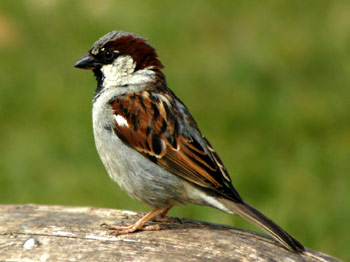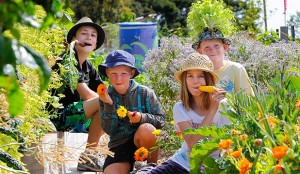GARDEN BIRD LIST
The kinds of birds that visit or live in our gardens are determined by the type of shelter and the availability of food. Another factor is the location of the garden to more natural areas such as the coast or the bush. Some birds will only be found in certain parts of the country.
Birds are attracted to the suburbs by the food, water and shelter that are available to them. It is relatively simple for the urban gardener to attract a wide range of birds to visit and live in the garden by providing these essental elements.
Listed below are birds that may be encouraged to visit our gardens: the list distinguishes wheather they maybe residents nesting there or simply regular or maybe seasonal visitors. For every list there will be exceptions.
Potential Residents
House Sparrow
Dunnock (hedge sparrow)
Starling
Myna (North Island)
Blackbird
Thrush
Fantail
Grey Warbler
Silvereye (waxeye, white-eye)
Common Visitors
Red-billed gull (more common in the North Island)
Black-backed gull
Greenfinch
Chaffinch
Occasional Visitors
Tui
Kingfisher
Welcome swallow
Black-billed gull (endangered, mostly Rotorua southward)
Rock pigeon (feral pigeon)
California quail
Eastern rosella (Auckland/Northland/Bay of Plenty)
Goldfinch
Yellowhammer
Redpoll
Cirl bunting (uncommon, Marlborough, Canterbury and Otago)
White-backed magpie
Black-backed magpie
Shining cuckoo (will lay in grey warbler nests)
Bellbird (south of Auckland)
New Zealand pigeon, wood pigeon
Morepork, native owl
Little owl, German owl (often replaces morepork in Canterbury and Otago)
Spotted dove, lace-neck dove (Auckland region, Te Puke, Opotiki)
Barbury dove, ring necked dove (Auckland region, Rotorua, Whakatane, Havelock North)
In Damp Areas, Ponds
Mallard duck
Grey duck
White-faced heron
Pukeko
Spur-winged plover
Near open country
Ring-necked pheasant
Australian harrier, harrier hawk
pipit
Skylark






